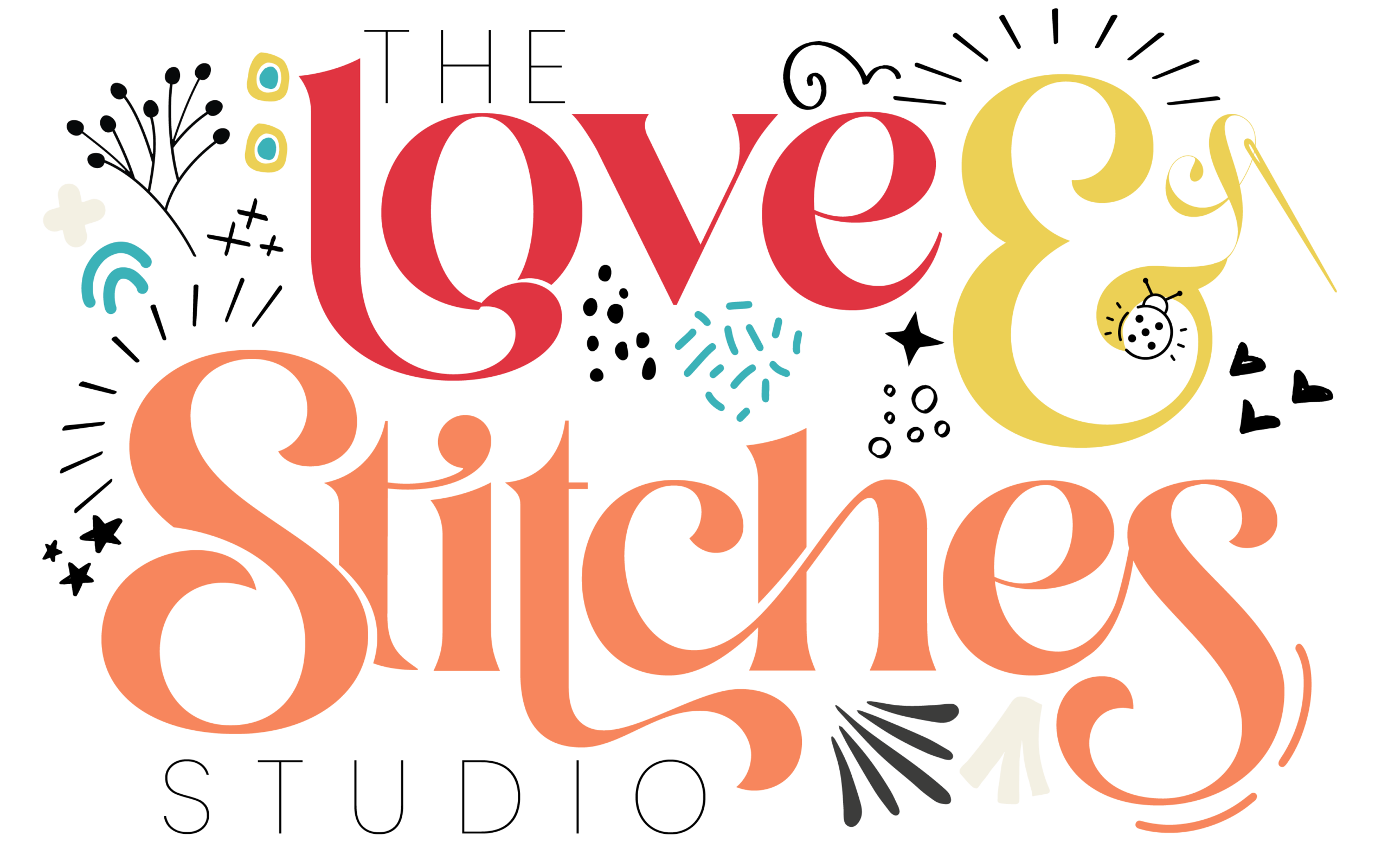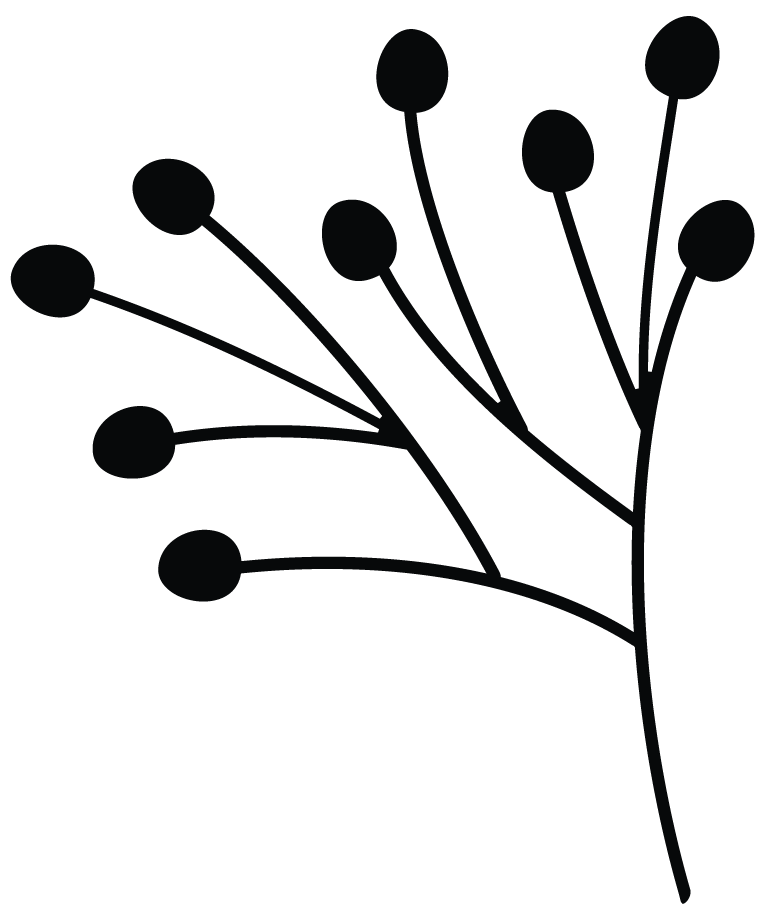I’m frequently asked about what tools a beginner needs to start dressmaking. I’m not talking sewing machines here, let’s save that one for another day. I’m taking about all the other bits and bobs that a beginner will need.
It doesn’t have to break the bank to get started with sewing. With just a few key tools you can create clothes that you and your family will be proud to wear.
If you are coming along to lessons with me, I have got tools and sewing machines for you to use, as long as you let me know in advance, so that I can prepare them ready for you. So you do not need to invest any money before you know if dressmaking is for you.
I have broken this list into essentials and nice to haves and also noted if you can be thrifty, use what you’ve got or should buy the best you can afford.
Essentials
Fabric Scissors
Buy the best you can afford
Keep these only for fabrics and threads, cutting anything else with your fabric scissors will blunt them. Look after them and a good pair of scissors will last you a lifetime.
I have a pair of Fiskars that I must have had for over 20 years, and they are still my go to pair of scissors.

Paper Scissors
Go budget
Use your paper scissors to cut anything and everything else. Replace them when they get blunt. You will use these a lot for cutting paper patterns.
Dunelm do packs of 3 scissors for £1.99 with pretty patterns on the blades so you will never get them confused with your fabric scissors!

Unpicker/Seam Ripper
Buy the best you can afford
These little tools are most definitely essentials, if you’re going to be learning how to sew, then you’re going to be unpicking stitches. Do yourself a favour and don’t buy cheap. I’ve seen brand new unpickers that people have bout in good faith that are completely blunt on the cuved part that should be sharp. A good sharp unpicker will slice through the stitches with ease, making an unpleasant job so much quicker.
A good handle helps too. Prym make these ergonomic handled ones that I would recommend.

Tape Measure
Go budget/Go with what you’ve got
A tape measure from a Christmas cracker will get you started. Just check your measurements are accurate against a solid ruler. As you progress in your dressmaking journey, you may find that you want to invest in a more expensive tape measure. They do have a tendency to stretch out over time. I like my measuring tapes to be 1.5cm or 5/8” wide (as many of them are) as an easy guide for measuring seam allowances.

Pins
Buy the best you can afford
Don’t be seduced with fancy pinwheels with pretty ends, often they are too thick for good fabrics and not very sharp either. The best pins are long, fine and sharp. I prefer a pin without a bobble on the end, but that is personal preference. Glass or plastic headed pins can be easier to see, beware you can easily melt plastic headed pins if you get too close with your iron.
I buy in bulk and these are my favourites.

Tailors Chalk
Go budget
There is no one perfect way to mark your fabric, but chalk is one of the most traditional. You’ll feel like a professional, with a tape measure round your neck, brandishing some tailors chalk. There are lots of different ways that tailors chalk is packaged and marketed, such as in pencils that you sharpen, pencils that you twist, powdered in a stick, but all it really needs to do is accurately mark your fabric and disappear when you’re done.
I keep mine in this little tin. Different colours to show up on different coloured fabrics.

Hand Sewing Needles
Go budget
A packet of household assorted needles will see you through most things. If you do get more specialised in the future, then you can buy what you need. The variety of hand sewing needles is vast, specialised needles for all sorts of different tasks. Although with dressmaking, most of what you do will be machine sewing there are still a few tasks that are best by hand.

Iron & Ironing Board
Go with what you’ve got
I’m willing to bet that most households already have an iron and ironing board. As long as you’ve got a steam iron with variable temperature gauge, with a clean plate and your ironing board isn’t threadbare, stained, or have something melted or burnt onto it, then stick with what you’ve got. You might want to upgrade in future or add to your pressing tools, but the basics are enough to get you going.
I use a Tefal Ultraglide iron.

Nice to Have
Small Embroidery Scissors
Something small and sharp with a blade strong enough to trim and clip seam allowances and trim threads and to help keep your snips precise. Stork scissors are so cute too!

Pin Cushion
There are so many out there! This is personal choice. I have a huge big doorstop that I use, a smaller one and a magnetic one. Just a point to note on magnetic pin trays; your pins will quickly become magnetised (which is frustrating and annoying) if you leave them on a magnet. I use my magnetic one as an interim holding place when I’m removing the pins from my fabric when I’m sewing.

Magnetic Seam Guide
These are fab little gadgets which stick to the base of your sewing machine to help you stick to the correct seam allowance. The metal ones are good and strong and don’t move about, the plastic ones can be a bit flimsy. If you have a computerised machine, don’t put magnets near the control panel.

Seam Gauge
An awesome ruler that makes it easy to be consistent with your measurements. Much easier to use this little tool at the ironing board than a measuring tape. Remember: measure twice, cut once!

Frixion Pens
An alternative to marking with tailors chalk. Easy to mark accurately on lighter coloured fabrics. The ink disappears when you iron the fabric, so you will loose your mark is pressing is required before you need it. Use sparingly, preferably only on seam allowances and never on the right side of the fabric as they sometimes leave a ghostly mark and there have been instances where the ink will return in cold temperatures. They are not a sewing specific pen and are sold in all good stationary shops.

Spare Bobbins
Most machines, will likely come with a few. Always get the correct bobbins for your machine, they might all look the same, but even a small difference in size or weight can affect the balance of the machine and the quality of your stitches. It’s useful to keep bobbins wound in the colours that you use a lot. It can be really quite annoying to your future self if you wind more than one colour or length of thread onto the same bobbin.

Hope this helps to get you sewing.
Happy sewing
Love & stitches
Alison xx


